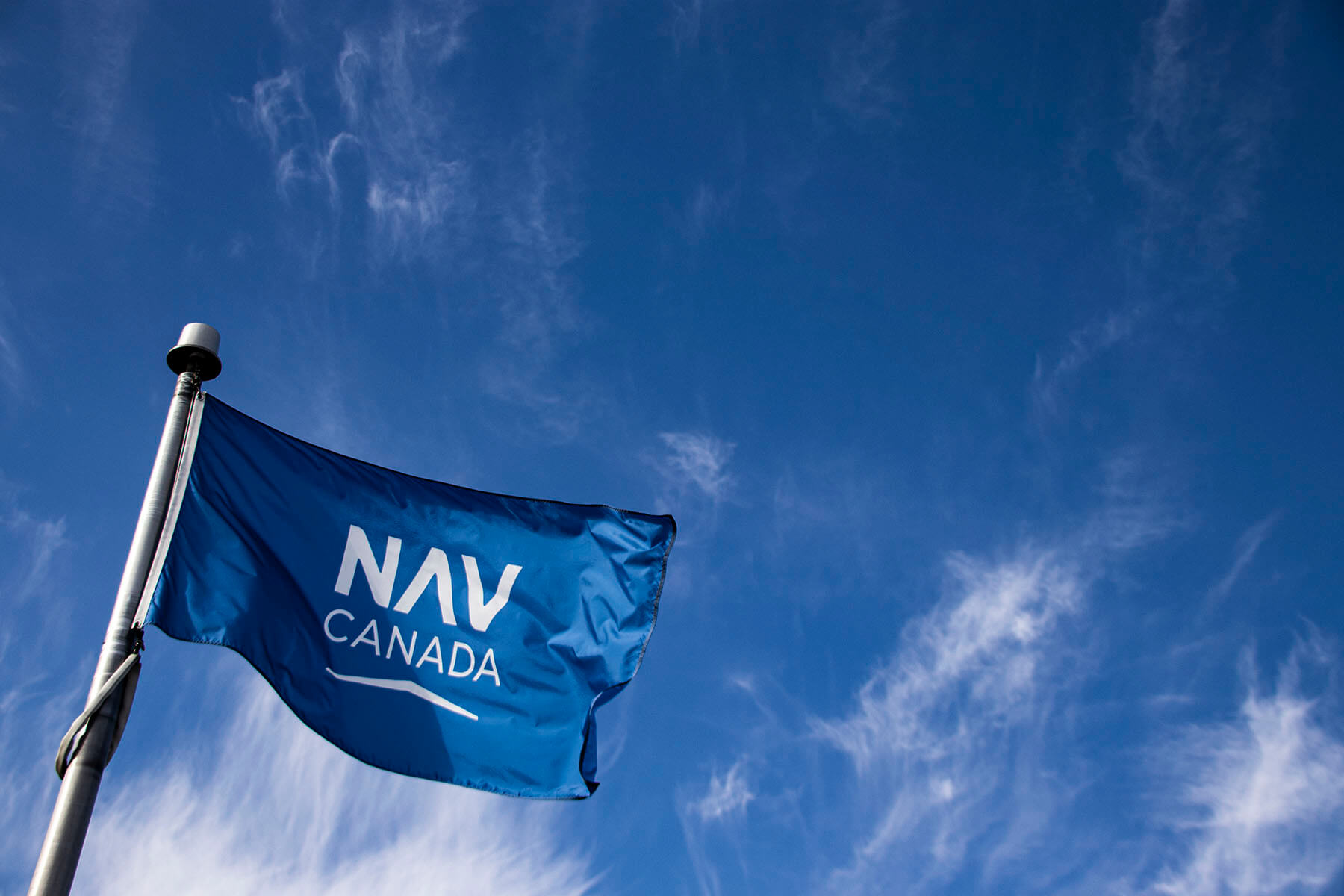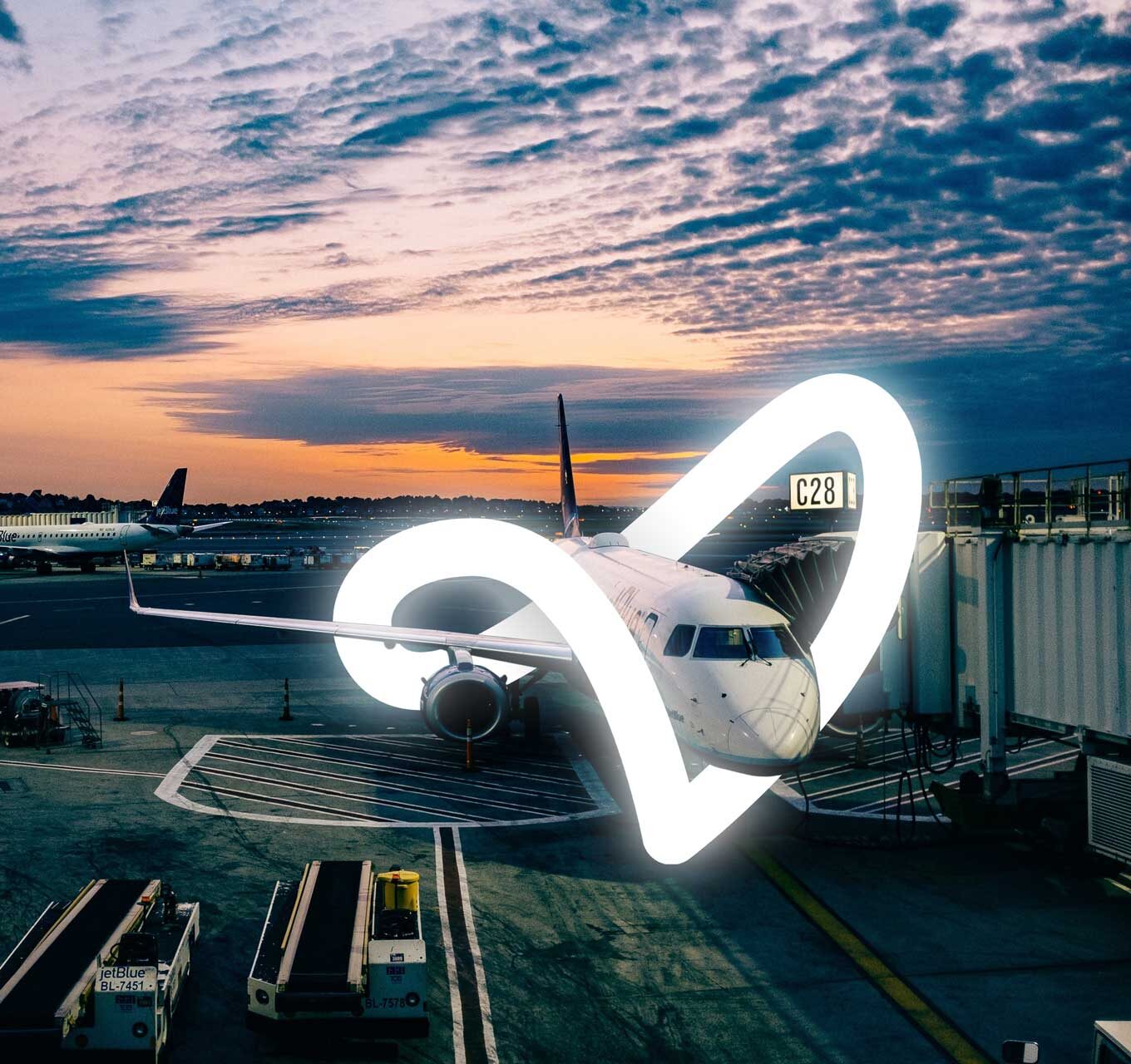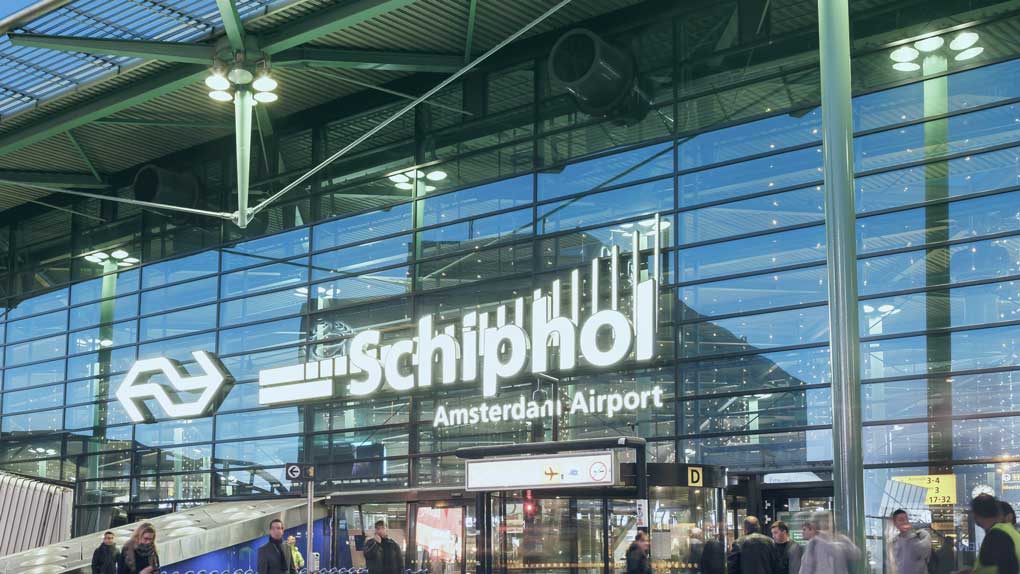How IoT, analytics, and AI can enhance restroom efficiency
While airports have always had to maintain high hygiene standards, recent times have emphasized the importance of optimizing high-touch, high-traffic areas for improved efficiency.
Airports aim to comprehend facility usage patterns, respond promptly to ensure sanitation, reduce congestion, and enhance the planning of custodial tasks.
Efficient passenger distribution to prevent congestion at facilities
Many airports are embracing a combination of sensors and machine learning to monitor and analyse people’s movements within the airport to manage restroom usage effectively.
Occupancy and density analysis allows operators to understand the potential usage of a specific restroom at a given time, based on real-time counting and monitoring of each bathroom. With live occupancy data, passengers can make informed decisions about restroom choices, including information on walking times to alternative, less crowded facilities.
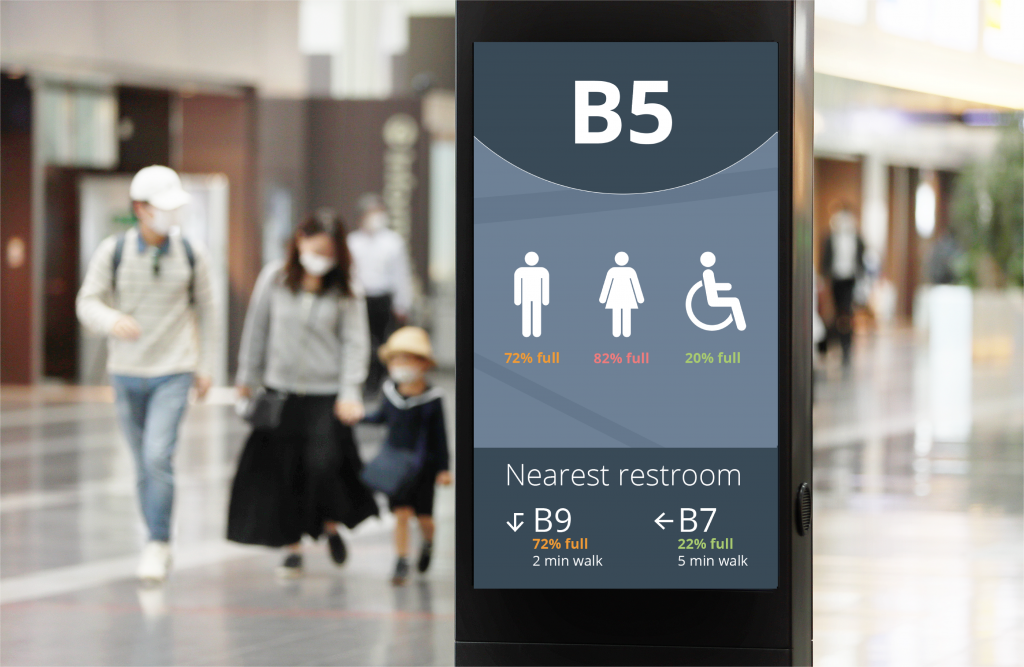
Combining live occupancy data with passenger flow analytics enables operators to measure and predict congestion events in advance. This capability allows the airport to guide passenger flow across restroom facilities proactively using digital displays to encourage dwell time in less active zones or dynamic directions through wayfinding apps.
Transitioning to a needs-based cleaning approach
Rather than adhering to a static, schedule-based cleaning and sanitizing routine, airports would benefit from adopting a needs-based system.
With insights into historical usage, custodial service managers can align cleaning plans with forecasted usage and flight schedules while monitoring staff activity for accurate cleaning-time display.
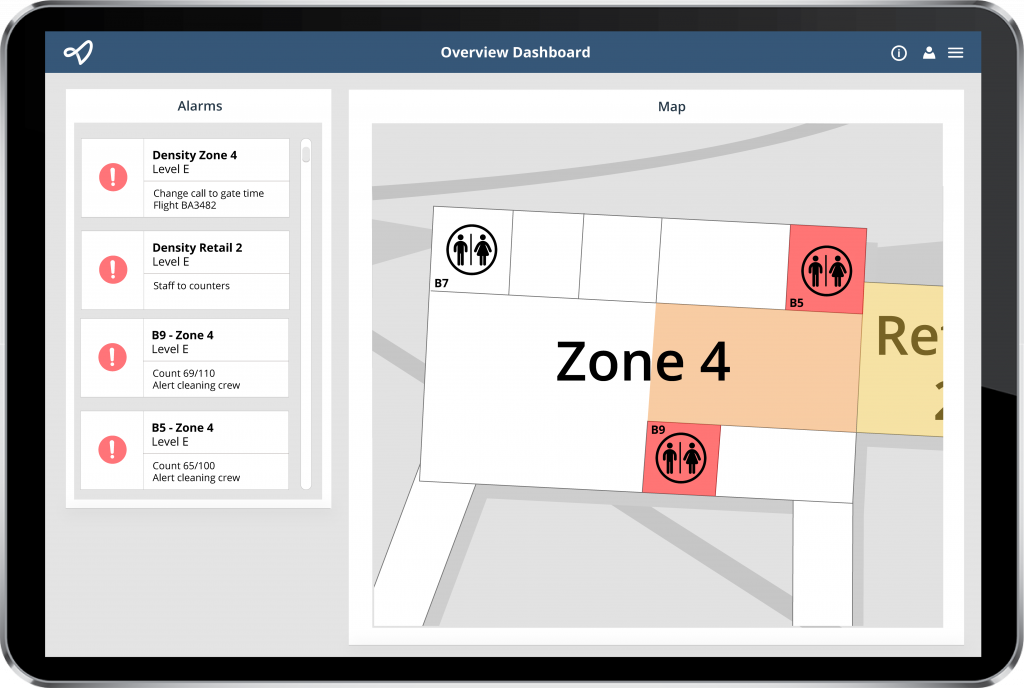
Deploying custodial resources to the busiest facilities as needed is a logical approach. Therefore, services that can easily adapt to responsive and predictive adjustments based on shifting flight schedules and people movements will be the most efficient and effective.
A seamless integration with passenger flow platforms
For many airports, especially those with existing passenger flow systems, expanding data-capture capabilities to include restroom facilities or integrating existing sensor outputs into a common platform is a straightforward process.
This extension aligns with the proven benefits of airport flow management, offering real-time responsiveness to handle challenges on the go, predictive analysis for improved efficiency, and cost savings by aligning resources with demand.
For instance, airports can assess the impact of gate changes on restroom congestion, predict how security bottlenecks affect lounge dwell time and facility usage, and determine the optimal custodial response. Understanding how events influence passengers’ show-up profiles, movement, dwell habits, and facility usage throughout the airport enables the automation of appropriate responses.
Smarter, streamlined journeys
By connecting airport-wide passenger flow analytics, occupancy, and density analysis with operations, airports will possess the tools for intelligent, predictive decision-making throughout the passenger journey, from arrival to departure and every point in between.
Armed with precise data, airports can confidently ensure passengers have easy access to clean, uncrowded restrooms, thereby enhancing the overall airport experience and boosting passenger confidence.
Veovo assists airports globally in adapting to new processes and changing travel patterns, unlocking efficient ways of working, and providing safer journeys. Please contact us to arrange a call and explore how we can contribute to your business.
By monitoring real-time occupancy and predicting congestion, airports can adopt needs-based cleaning schedules, improve passenger guidance, and allocate resources more efficiently to maintain hygiene and enhance the passenger experience.
- Real-time occupancy data helps passengers choose less crowded restrooms and allows airports to predict congestion.
- Needs-based cleaning replaces fixed schedules, enabling efficient allocation of custodial resources based on demand.
- Integrating restroom data with wider passenger flow analytics supports smarter, predictive operational decisions throughout the airport.
